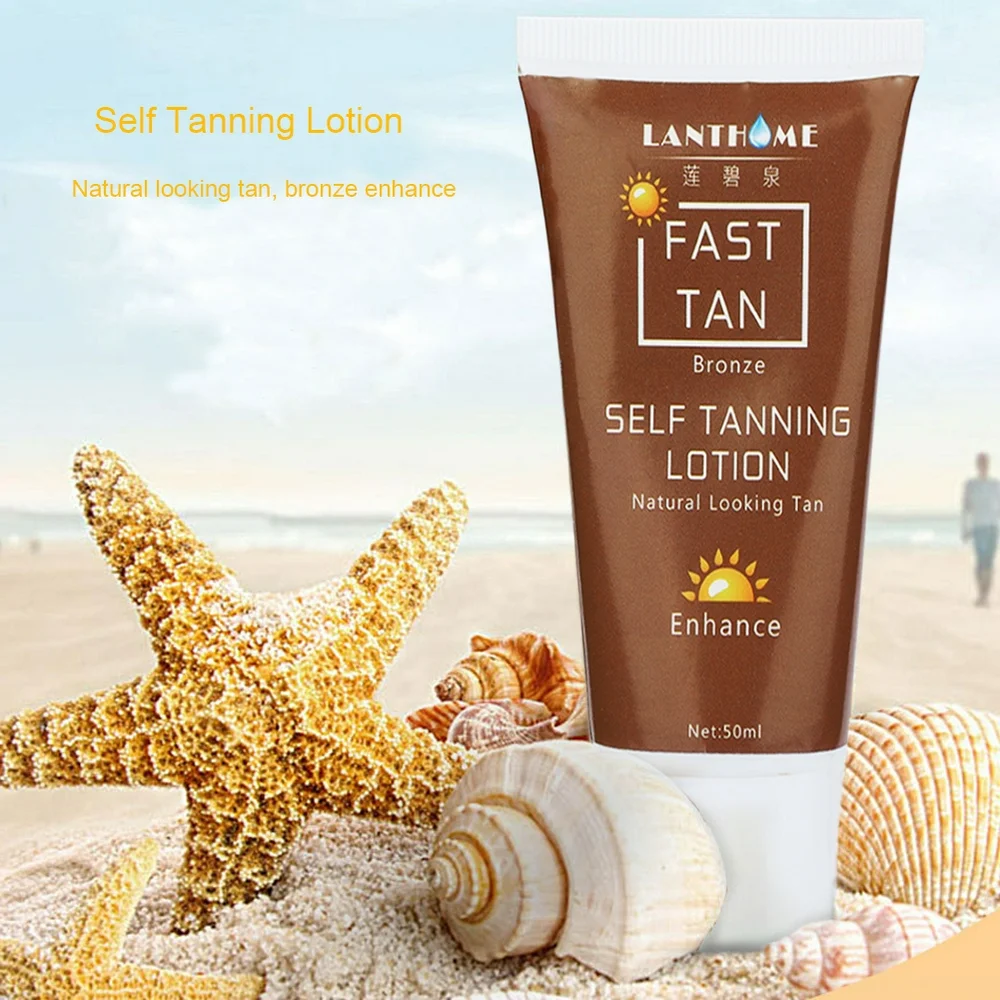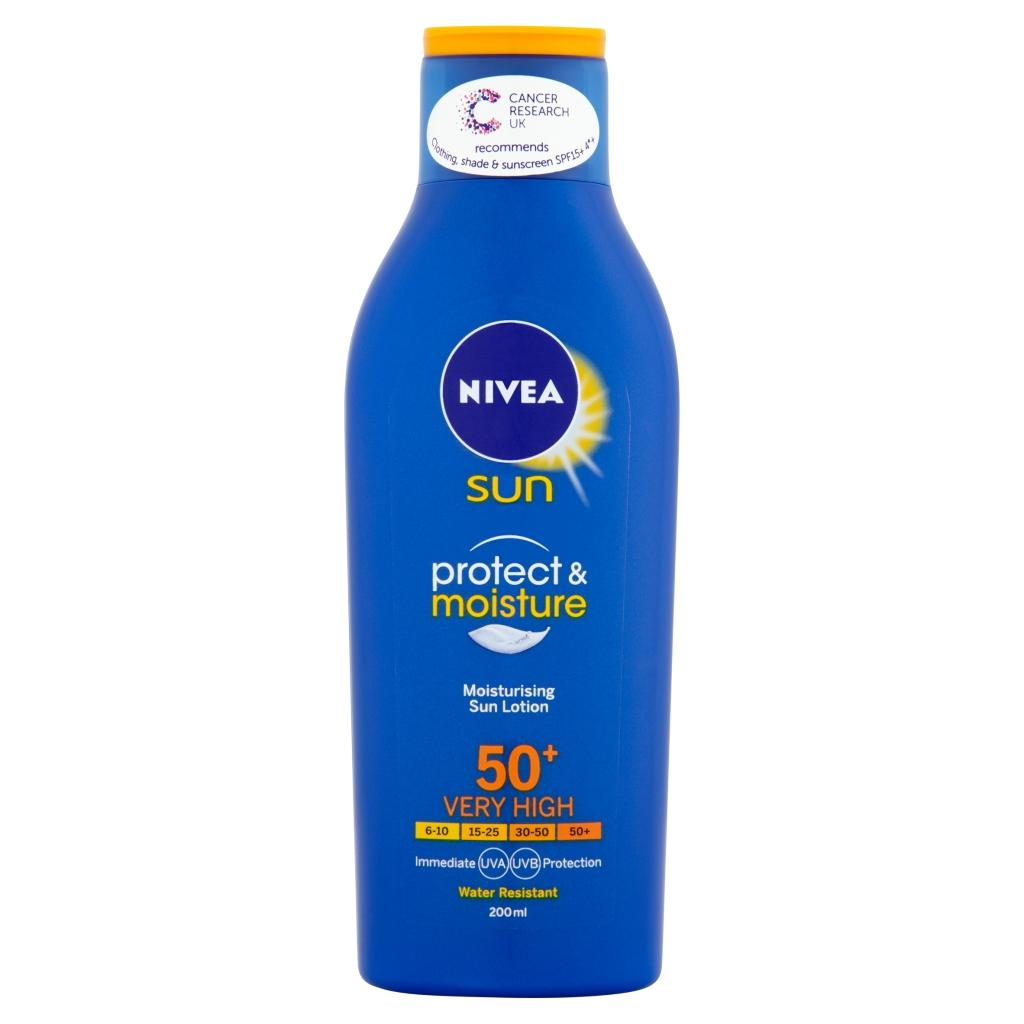Introduction
Suntan lotion- Sun exposure, while essential for vitamin D synthesis, can also lead to sunburn, premature aging, and skin cancer. To mitigate these risks, sunscreens, or suntan lotions, are widely used. This article delves into the science behind sunscreens, their types, how to choose the right one, and effective application techniques.
Understanding Sunburn and UV Radiation
The sun emits ultraviolet (UV) radiation in three main types: UVA, UVB, and UVC. UVB rays are primarily responsible for sunburns, while UVA rays can contribute to premature aging and skin damage.
Sunburn occurs when the skin’s cells are damaged by excessive UV exposure. It can cause pain, redness, blistering, and, in severe cases, dehydration and heatstroke. Prolonged exposure to UV radiation can also lead to chronic conditions like actinic keratosis and skin cancer.
The Science of Sunscreens
Chemical filters: These ingredients absorb UV radiation and convert it into heat, which is then dissipated by the body. Examples of chemical filters include avobenzone, oxybenzone, octisalate, and homosalate.
Mineral filters: These ingredients physically block UV rays by reflecting them away from the skin.
Choosing the Right Sunscreen
Sun Protection Factor (SPF): This number indicates the sunscreen’s ability to protect against UVB rays. A higher SPF offers more protection but doesn’t necessarily provide complete coverage.
Broad-spectrum protection: Look for sunscreens that protect against both UVA and UVB rays.
Water resistance: If you’re planning on swimming or sweating, choose a water-resistant sunscreen.
Skin type: Consider your skin’s sensitivity and any allergies or sensitivities to sunscreen ingredients.
Expiration date: Ensure the sunscreen is not expired.
Effective Application
To maximize the benefits of sunscreen, follow these application guidelines:
Apply generously: Use a sufficient amount of sunscreen to cover all exposed skin. A general rule of thumb is to apply about a shot glass full for your entire body.
Reapply frequently: Reapply sunscreen every two hours, or more often if swimming or sweating.
Protect sensitive areas: Pay particular attention to areas like the face, neck, ears, and hands.
Consider additional protection: Wear protective clothing, such as hats, sunglasses, and long-sleeved shirts, to provide extra sun protection.
Common Sunscreen Myths
There are several misconceptions about sunscreens that are worth addressing:
Higher SPF equals complete protection: While a higher SPF offers more protection, it doesn’t guarantee complete coverage. It’s essential to combine sunscreen with other sun protection measures.
Waterproof sunscreen lasts all day: Water-resistant sunscreen can provide protection for a certain amount of time, but it may not last all day, especially if you’re swimming or sweating heavily.
Sunscreen can cause skin cancer: There is no evidence to support the claim that sunscreen can cause skin cancer. In fact, using sunscreen regularly can significantly reduce the risk of skin cancer.
Sunscreen for Children
Children’s skin is more sensitive than adult skin, so it’s crucial to choose sunscreen specifically formulated for children. Look for sunscreens that are hypoallergenic and free of harsh chemicals. Apply sunscreen liberally to your child’s skin and reapply frequently, especially if they’re playing in the water or sweating.
Sunscreen for Darker Skin Tones
While darker skin tones have more melanin, which provides some natural protection against UV rays, it’s still important to use sunscreen. Darker skin tones can still experience sunburn, premature aging, and skin cancer. Choose a broad-spectrum sunscreen with an SPF that suits your skin’s needs.
Environmental Concerns
Some sunscreen ingredients, such as oxybenzone and octinoxate, have been linked to environmental concerns, particularly coral reef bleaching. If you’re concerned about the environment, consider using mineral-based sunscreens that are reef-safe.
Conclusion
Sunscreens play a vital role in protecting the skin from the harmful effects of UV radiation. By understanding the science behind sunscreens, choosing the right product, and applying it correctly, you can significantly reduce your risk of sunburn, premature aging, and skin cancer. Combining sunscreen with protective clothing, seeking shade, and avoiding peak sun hours can further enhance your skin’s health.

FAQs
Why is Suntan Lotion Important?
Sunburn Prevention: Suntan lotion helps prevent sunburn, a painful and potentially dangerous skin condition.
Skin Cancer Prevention: Long-term exposure to UV radiation can increase the risk of skin cancer, including melanoma. Using suntan lotion regularly can significantly reduce this risk.
Anti-Aging Benefits: UV rays contribute to premature aging of the skin, causing wrinkles, fine lines, and age spots. Suntan lotion can help protect against these signs of aging.
How to Choose the Right Suntan Lotion?
Sun Protection Factor (SPF): The SPF indicates the lotion’s ability to protect against UVB rays, which cause sunburn. A higher SPF offers more protection. For most people, an SPF of 30 or higher is recommended.
Broad-Spectrum Protection: Look for a lotion that provides broad-spectrum protection, meaning it protects against both UVA and UVB rays. UVA rays can penetrate deeper into the skin and contribute to aging and skin cancer.
Water Resistance: If you’ll be swimming or sweating, choose a water-resistant or waterproof formula.
Ingredients: Some people may have sensitivities to certain ingredients in suntan lotion. Consider using a mineral-based sunscreen, which often contains zinc oxide or titanium dioxide, as these ingredients are generally less irritating.
How to Apply Suntan Lotion?
Quantity: Use a generous amount of lotion. A common guideline is to apply about a shot glass full to cover your entire body.
Frequency: Reapply every two hours, or more frequently if you’re swimming or sweating.
Coverage: Don’t forget to protect areas like your face, neck, ears, and hands.
Children: Use a sunscreen specifically formulated for children and follow the recommended dosage.
Can Suntan Lotion Prevent a Tan?
While suntan lotion can help prevent sunburn, it doesn’t completely block all UV rays. Some people may still develop a tan, but it will be less intense and less likely to cause damage.
Is Suntan Lotion Safe for Babies?
It’s generally recommended to avoid using sunscreen on babies under six months old. Instead, protect them from the sun by seeking shade, covering them with clothing, and using a hat with a wide brim.
Can Suntan Lotion Cause Allergies?
Some people may experience allergic reactions to certain ingredients in suntan lotion. If you have sensitive skin, it’s a good idea to test a small patch of skin before applying the lotion to your entire body.
What are the Best Natural Alternatives to Suntan Lotion?
There are several natural alternatives to traditional suntan lotion, including:
Aloe vera gel: Aloe vera has soothing properties and can help relieve sunburn.
Coconut oil: While coconut oil can provide some moisture, it doesn’t offer significant sun protection.
Zinc oxide: This mineral ingredient provides natural sun protection and is often found in mineral-based sunscreens.
For more information, please refer to the following resources:
Skin Cancer Foundation: https://www.skincancer.org/
American Academy of Dermatology: https://www.aad.org/
Centers for Disease Control and Prevention (CDC): https://www.cdc.gov/skin-cancer/sun-safety/index.html